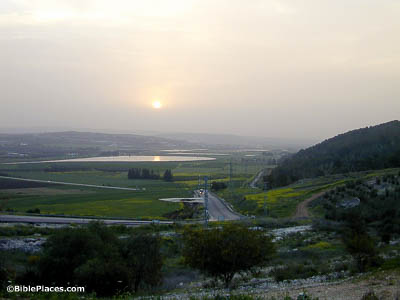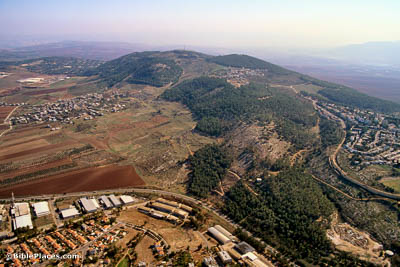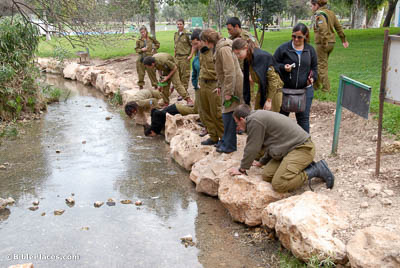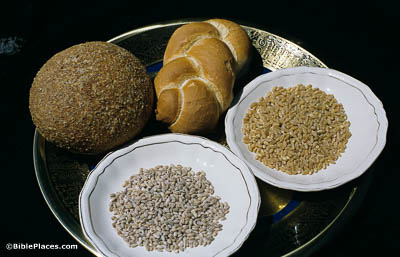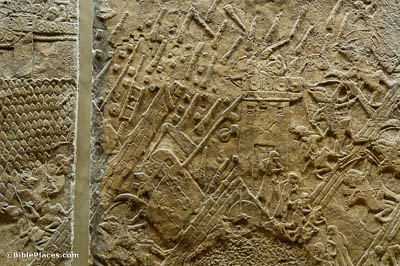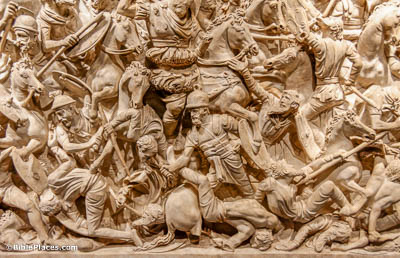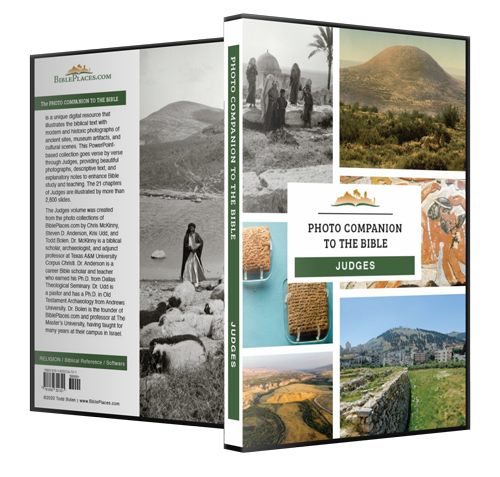Then Jerubbaal, that is Gideon, and all the people that were with him, rose early (Judges 7:1).
This photo of a sunrise was taken from the base of Mount Gilboa. Gideon’s men were encamped near the spring of Harod, which is located near the foot of Mount Gilboa on the right side of the image. The spring provided a well-known landmark as well as a good source of water, which would have been necessary for such a large group.
